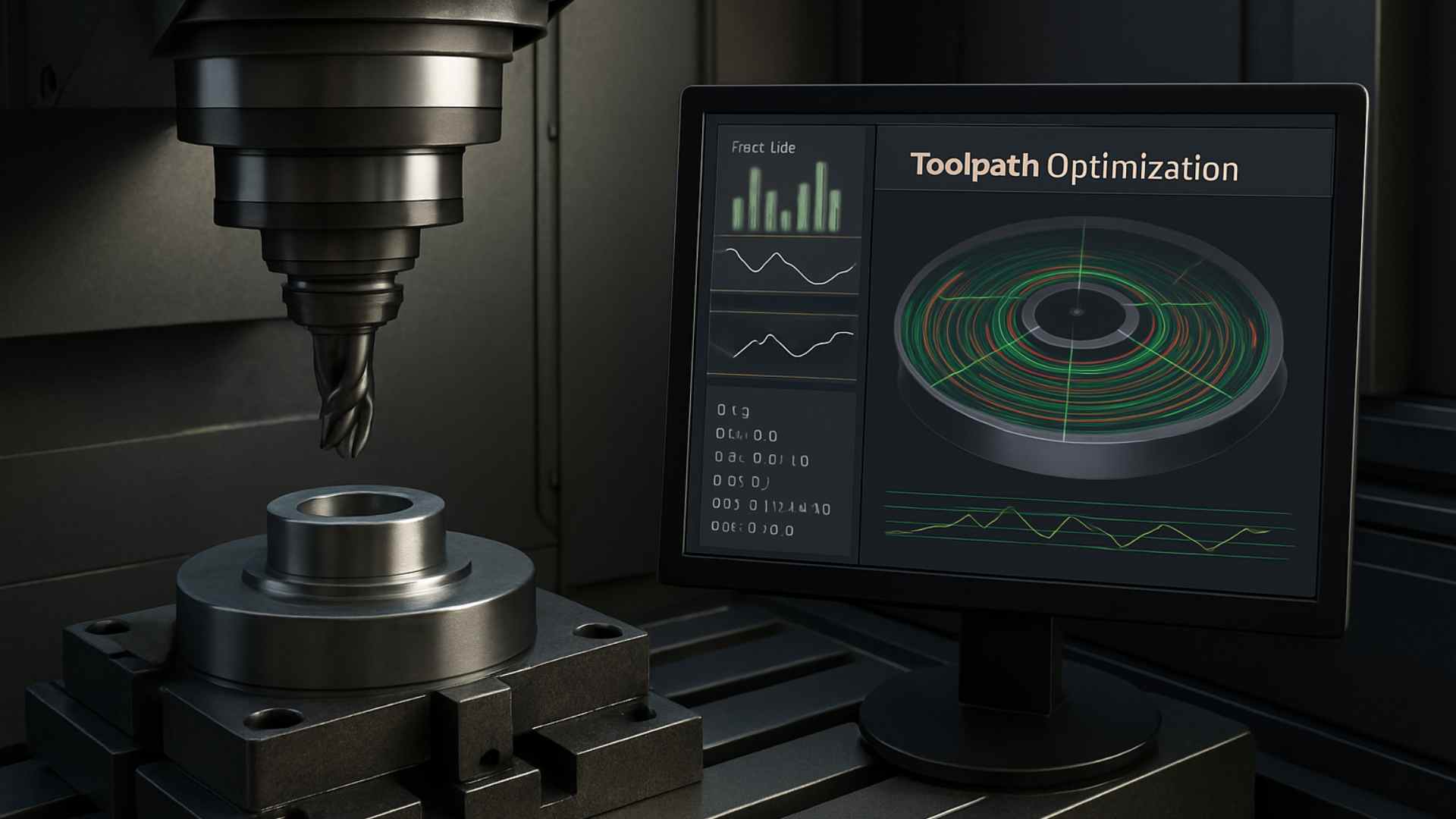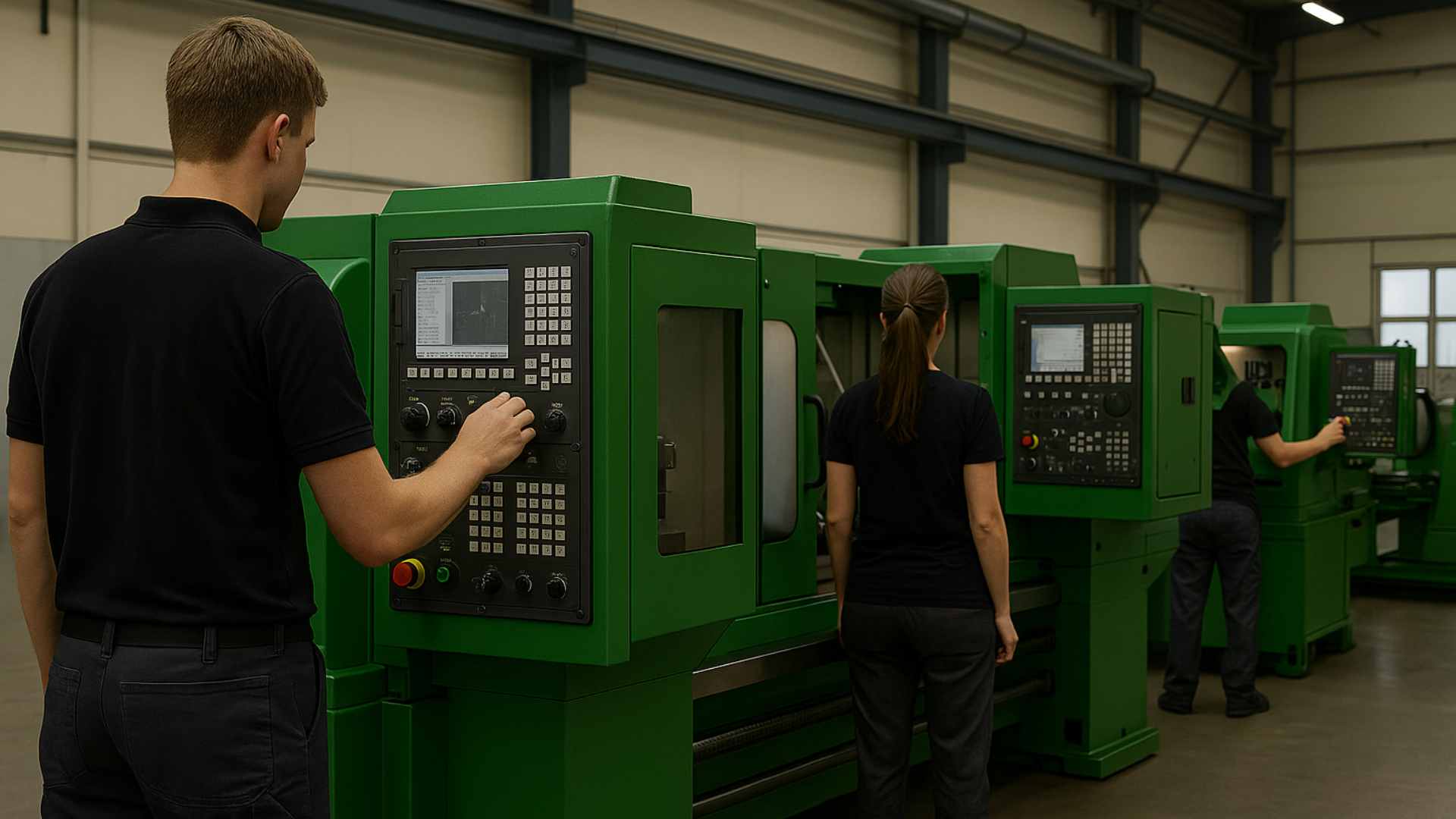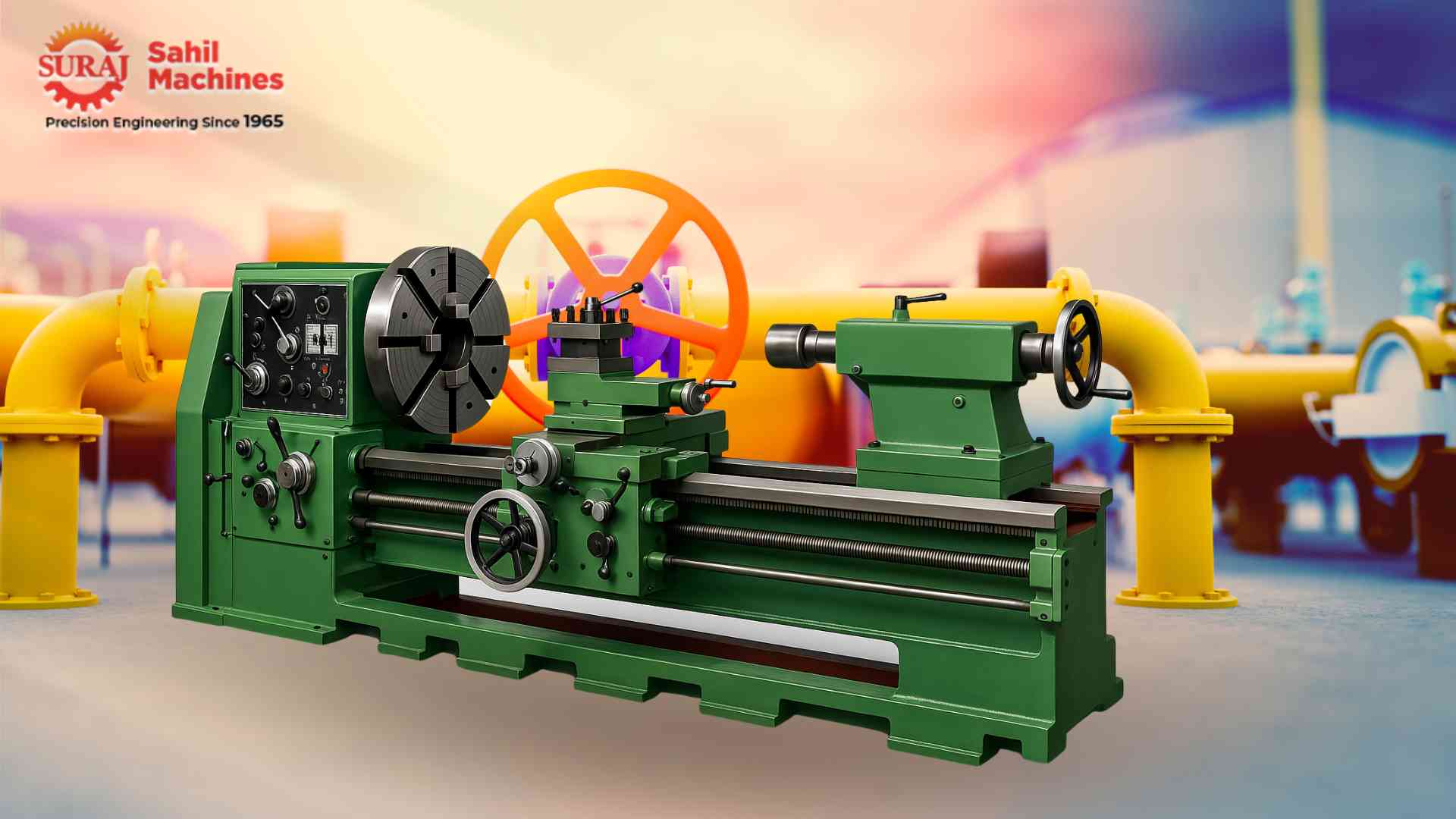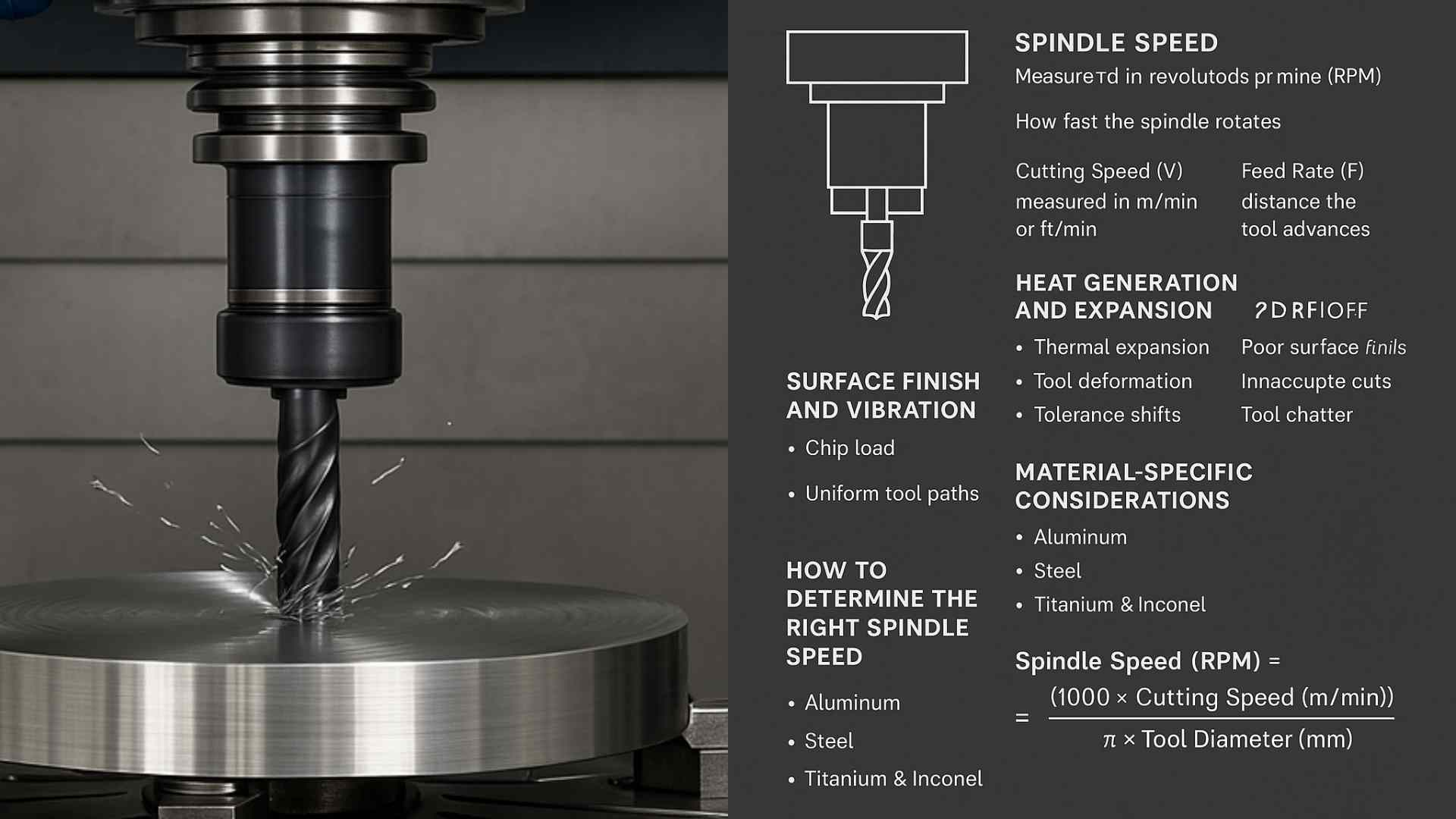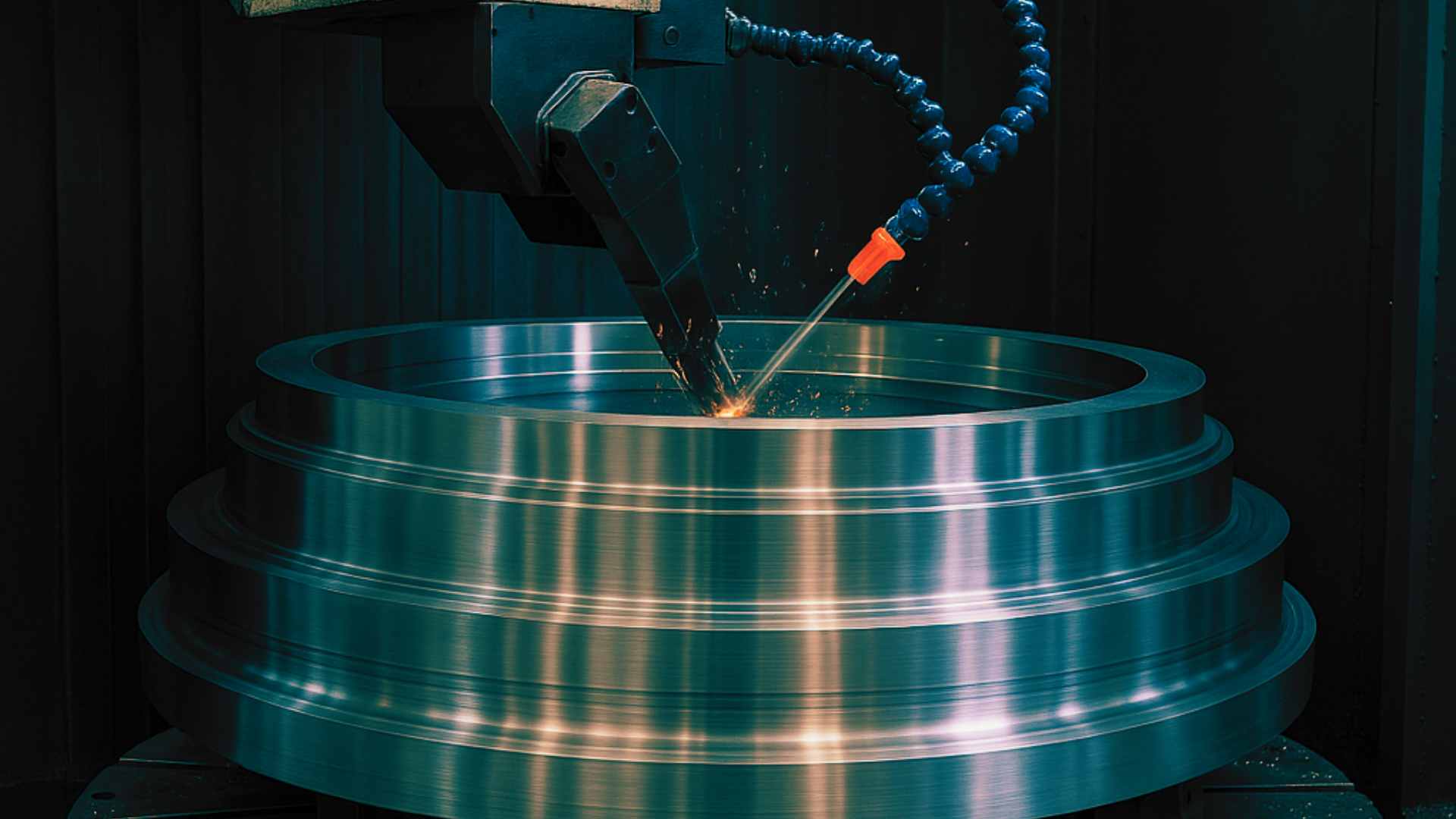How 3D Laser Scanning is Being Integrated into CNC Quality Control
Explore how 3D laser scanning is reshaping quality control in CNC machining—from rapid inspection to defect detection—improving precision and reducing production errors.

July 09, 2025
Share:
Introduction
Quality control in CNC machining has always been a critical step in ensuring accuracy, consistency, and product reliability. As tolerances become tighter and product complexity grows, traditional methods like manual inspection and calipers no longer meet the speed and precision demands of modern manufacturing.
Enter 3D laser scanning—a game-changing technology that's quickly becoming the gold standard for precision inspection in CNC machining workflows. This blog dives into how 3D laser scanning is being integrated into CNC quality control processes, its benefits, and what it means for manufacturers looking to elevate their production standards.
The Basics: What is 3D Laser Scanning?
3D laser scanning is a non-contact, high-resolution measurement technology that captures the exact shape and dimensions of a part using laser light. The scanner emits a laser beam that reflects off the object's surface, and sensors capture this data to create a precise 3D digital model (point cloud) of the part.
This digital replica can be used for:
- Dimensional inspection
- Reverse engineering
- Surface defect detection
- Assembly verification
When combined with CNC machining, 3D laser scanning adds a layer of real-time, automated quality assurance that minimizes human error and maximizes accuracy.
Why Traditional QC Methods Fall Short
Many CNC shops still rely on manual tools like micrometers, height gauges, or coordinate measuring machines (CMMs) for quality checks. While effective, these methods are:
- Time-consuming
- Limited to sample testing
- Prone to human error
- Not scalable for high-volume or complex parts
As products become more intricate, and tolerances shrink to microns, there's little room for guesswork. This is where 3D laser scanning comes into play—offering fast, full-part inspection and comprehensive measurement data in minutes.
How 3D Laser Scanning Enhances CNC Quality Control
1. Real-Time, Full-Surface Inspection
Unlike spot-checking with traditional methods, 3D scanning evaluates the entire surface of the machined part. Every curve, hole, slot, and surface detail is captured and compared against the original CAD model to highlight deviations.
2. Automated Defect Detection
3D laser scanners can detect:
- Warping
- Dimensional inaccuracies
- Surface defects (like dents, burrs, or scratches)
- Assembly mismatches
With intelligent software, manufacturers can set tolerance thresholds and receive automatic alerts when parts fall out of spec.
3. Seamless Integration with CNC Workflow
Modern CNC systems can be integrated with scanning hardware and software. After machining is complete, a robotic arm or fixed scanner performs a quick scan, uploads the data to QC software, and generates a deviation report.
This feedback loop can even feed into CAM systems to auto-correct tool paths or adjust offsets in future runs.
4. Speed and Productivity Gains
Traditional inspection processes can take hours, especially for complex geometries. With 3D scanning, even intricate parts can be fully analyzed in a matter of minutes.
Faster inspection means quicker job completion, lower labor costs, and increased throughput—all essential for small and medium manufacturers trying to stay lean and efficient.
5. Enhanced Documentation and Traceability
Scanned data can be archived digitally and associated with each part or batch, creating a comprehensive inspection history. This is particularly valuable for:
- ISO or regulatory compliance
- Customer quality audits
- Failure root-cause analysis
6. Reverse Engineering Capabilities
In addition to QC, 3D laser scanning allows CNC shops to reverse-engineer old or legacy parts for which CAD files don’t exist. The scanned model can be cleaned, converted into a CAD file, and fed back into the CNC system for precise replication.
Real-World Use Cases
Aerospace
Aircraft components demand extremely tight tolerances. Laser scanning ensures each piece meets safety standards and design intent with micrometer-level accuracy.
Automotive
Large-scale part production can suffer from tooling drift over time. Scanning allows for early detection of tool wear and ensures every part meets OEM specs.
Medical Devices
When life-saving implants or surgical instruments are involved, there’s no room for error. 3D scanning verifies conformity at every stage—ensuring perfect fit and function.
Challenges of Implementing 3D Laser Scanning
While the benefits are substantial, some challenges include:
- Initial Investment: Quality 3D scanners and software can be costly, though the ROI is strong over time.
- Training Needs: Technicians must learn to operate scanners, interpret point clouds, and manage inspection reports.
- Data Overload: Scans generate huge amounts of data that need to be stored, processed, and secured.
However, many of these challenges are being addressed as technology becomes more user-friendly and affordable.
Conclusion
3D laser scanning is not just a futuristic tool—it’s a present-day asset that's reshaping quality control in CNC machining. By offering fast, precise, and full-surface inspection capabilities, it helps manufacturers catch defects early, ensure product consistency, and create smarter feedback systems.
Whether you’re a small CNC shop or a large production facility, integrating 3D laser scanning into your QC process could be the upgrade that pushes your precision and performance to the next level.
Explore More from Sahil Machines
For more insights on CNC machining and quality control, explore the following resources from Sahil Machines:
FAQ
Modern 3D laser scanners offer accuracy down to microns (±0.002mm), making them highly reliable for CNC applications.
Not entirely. While 3D scanning is faster and more versatile, CMMs may still be required for ultra-precise or certification-based measurements.
Complex parts with intricate geometries, organic shapes, or free-form surfaces benefit most. It's ideal for aerospace, automotive, and mold-making sectors.
No. As hardware becomes more affordable, even small CNC shops are adopting desktop or handheld scanners to improve their QC processes.
Yes! Many advanced systems now offer inline or near-line scanning integrated with robotic arms or probing stations for real-time inspection.
Follow Us:
Latest Posts
Get in touch with us about anything.
Connect with our team to explore the alloy solutions and machinery expertise you need.

